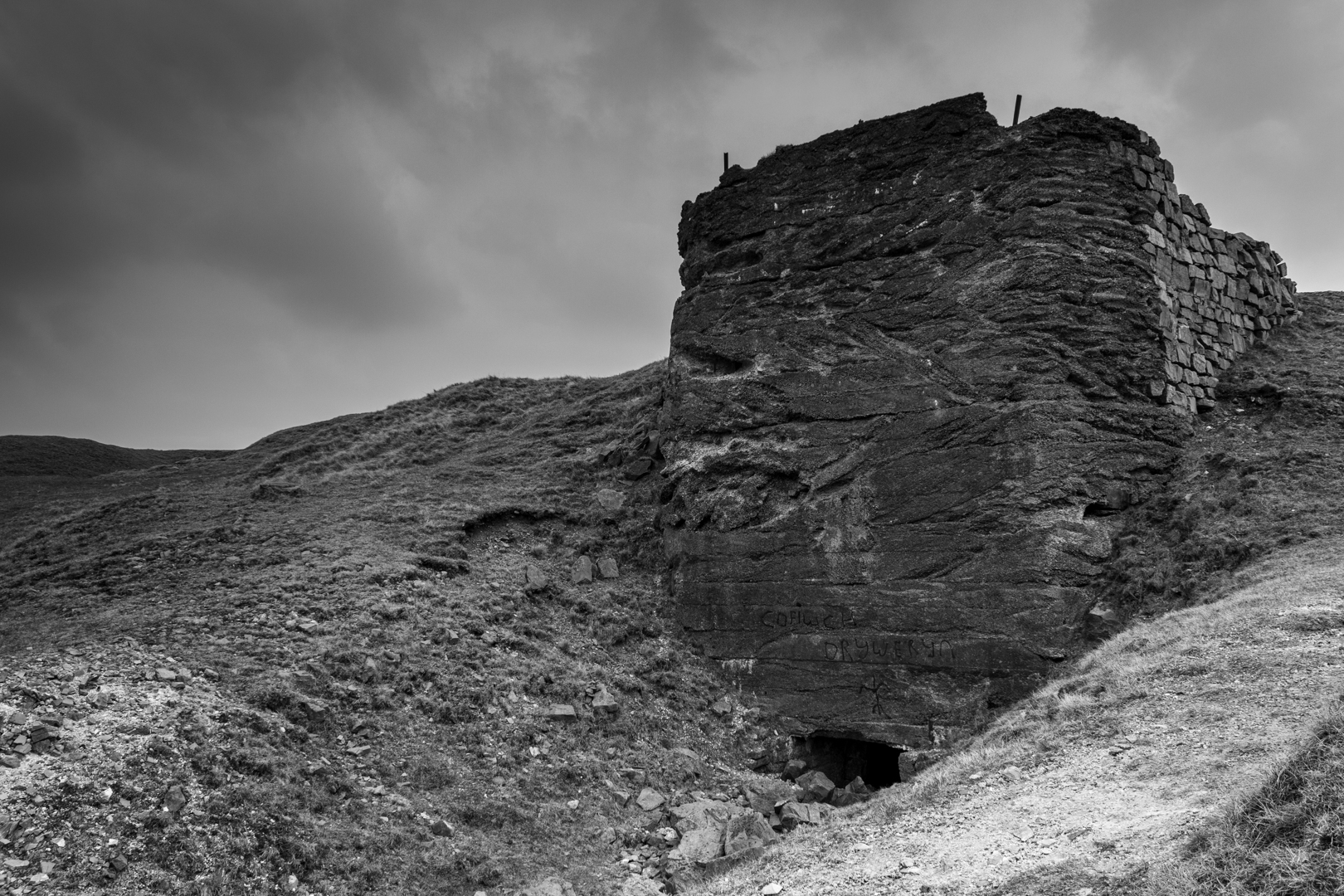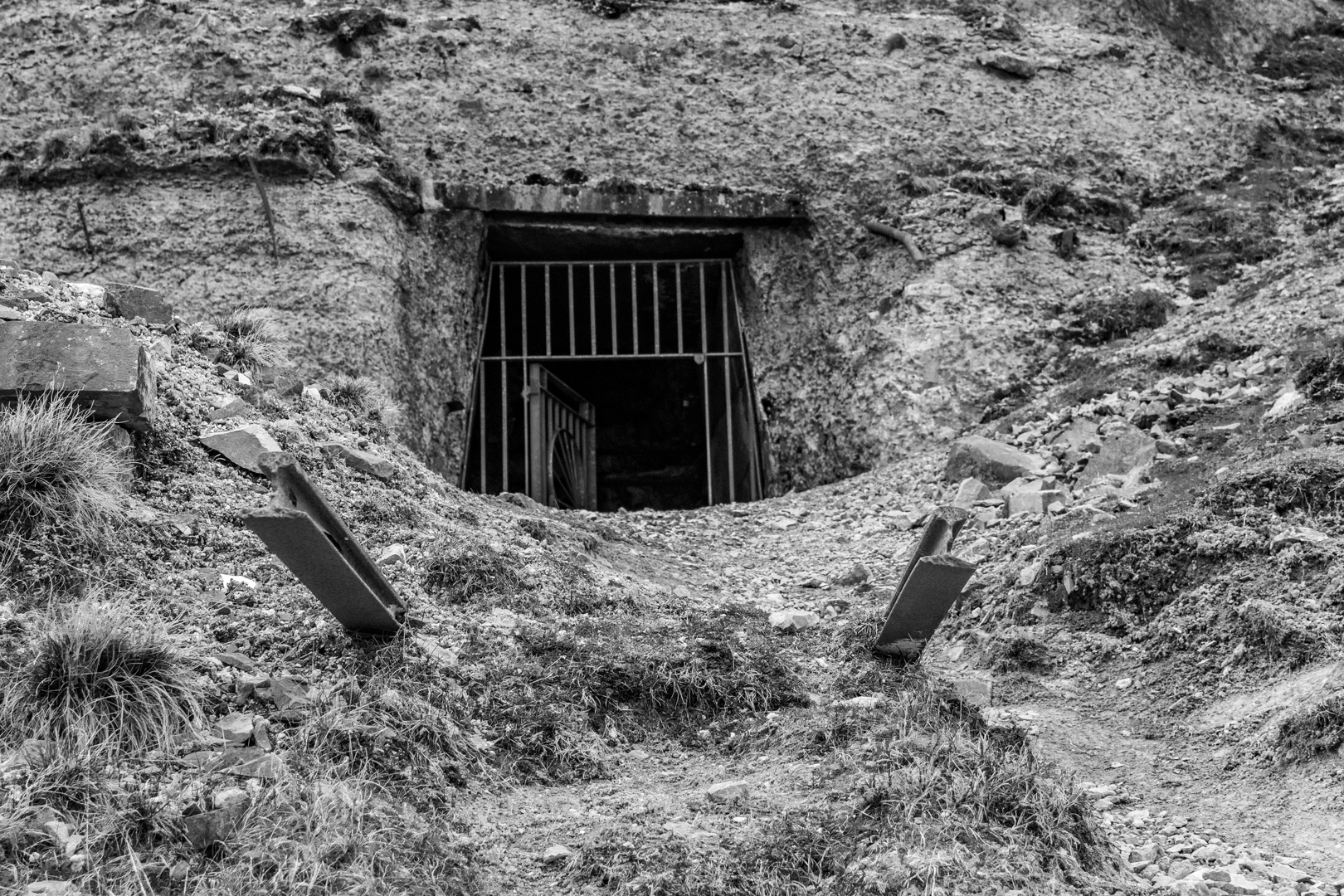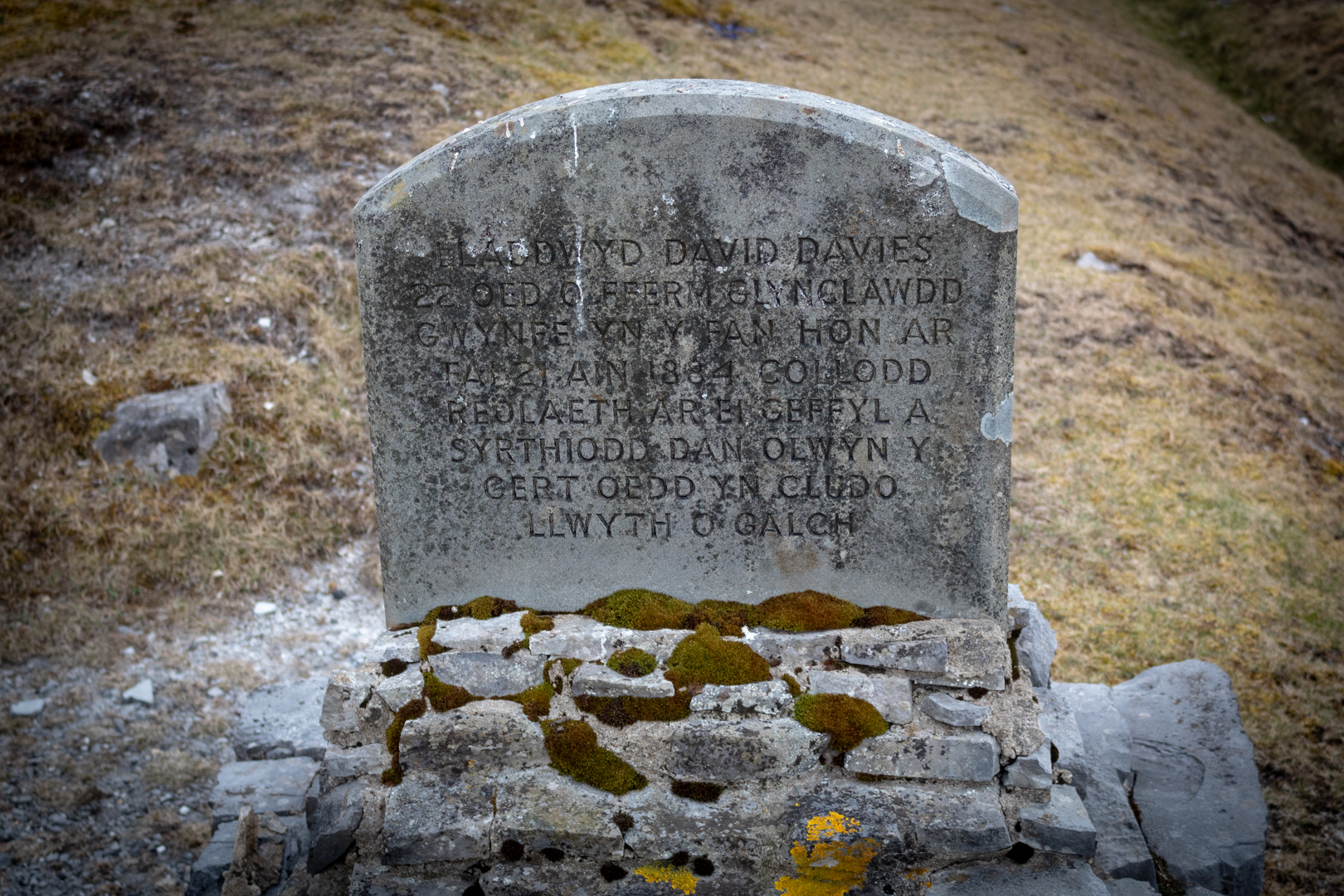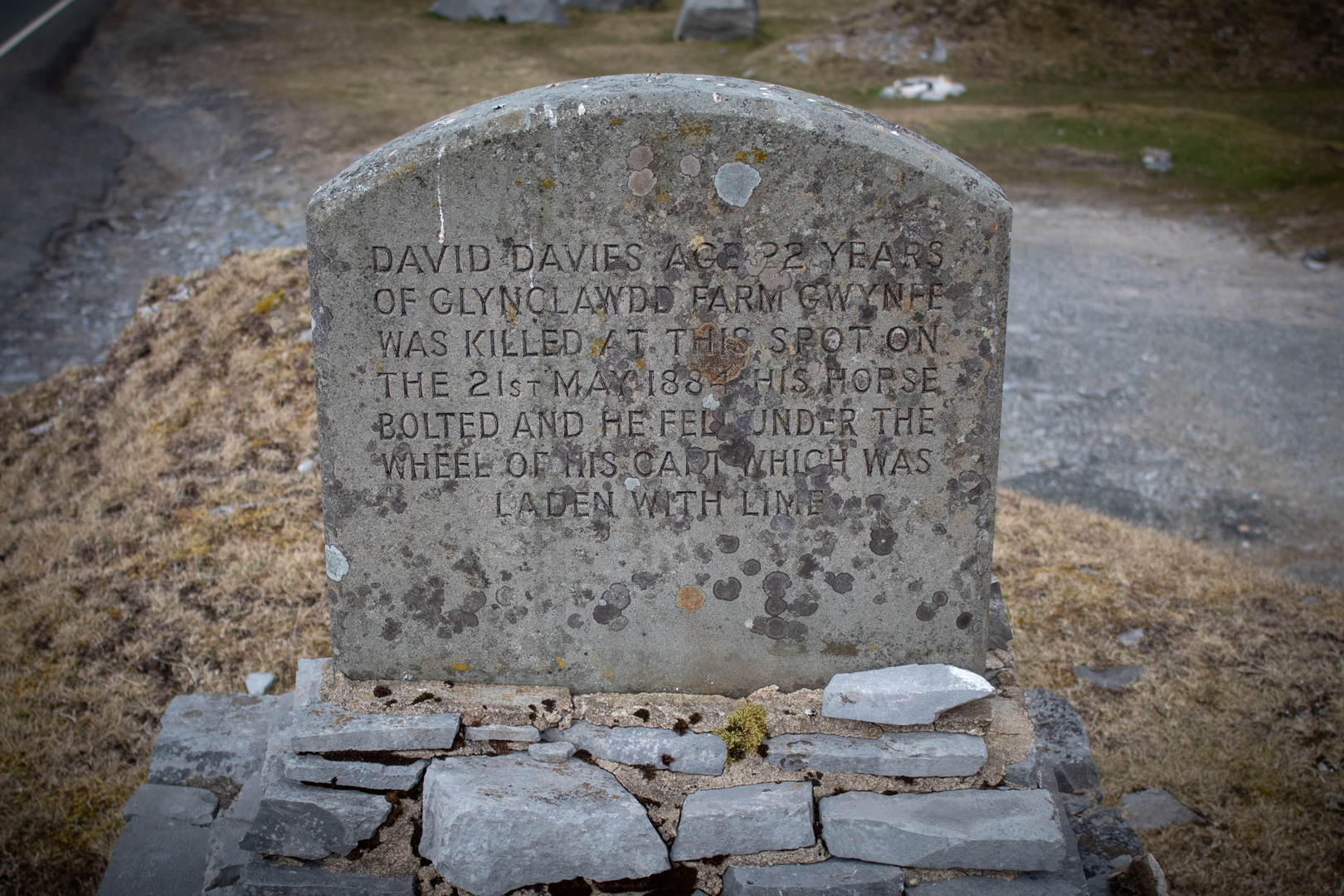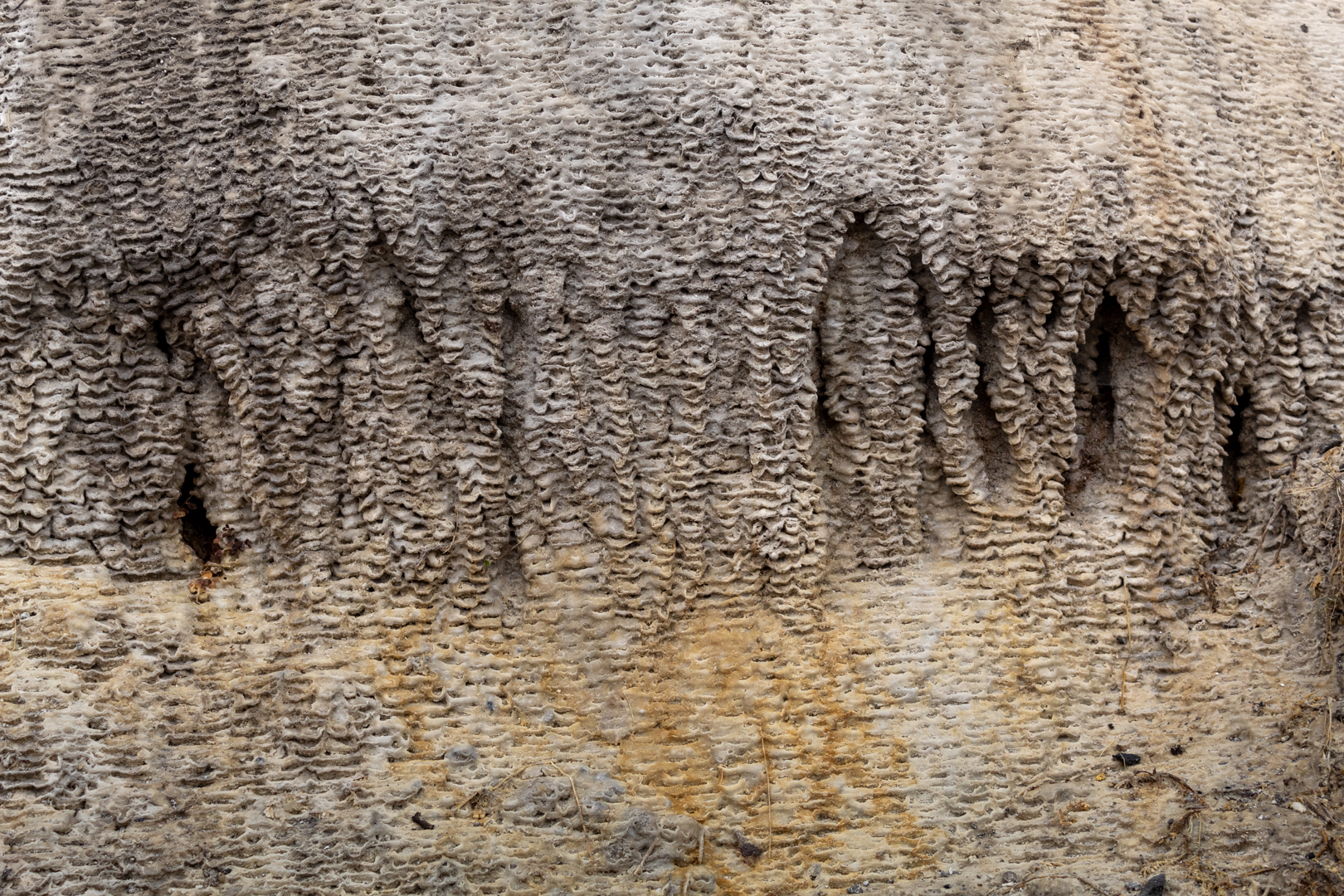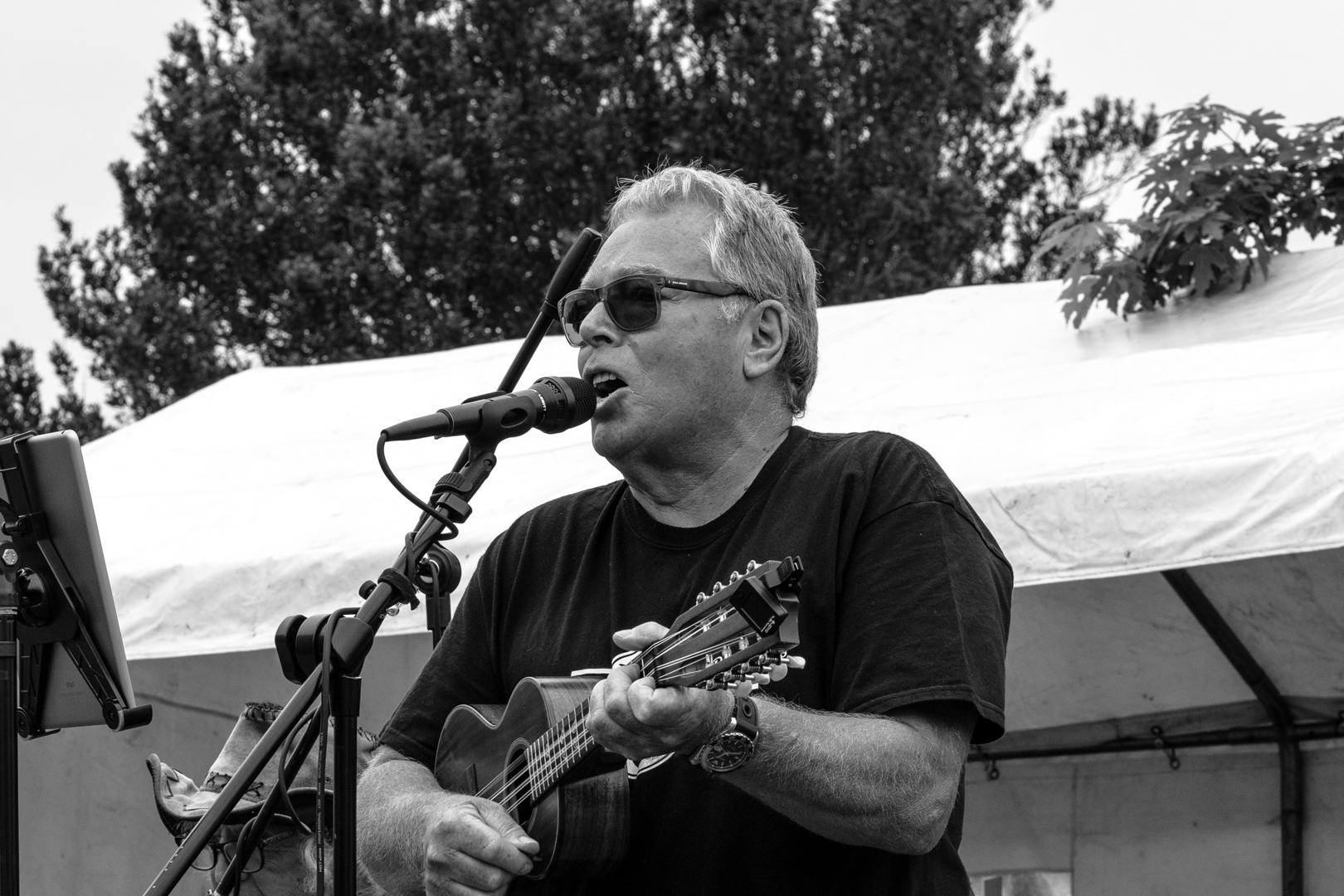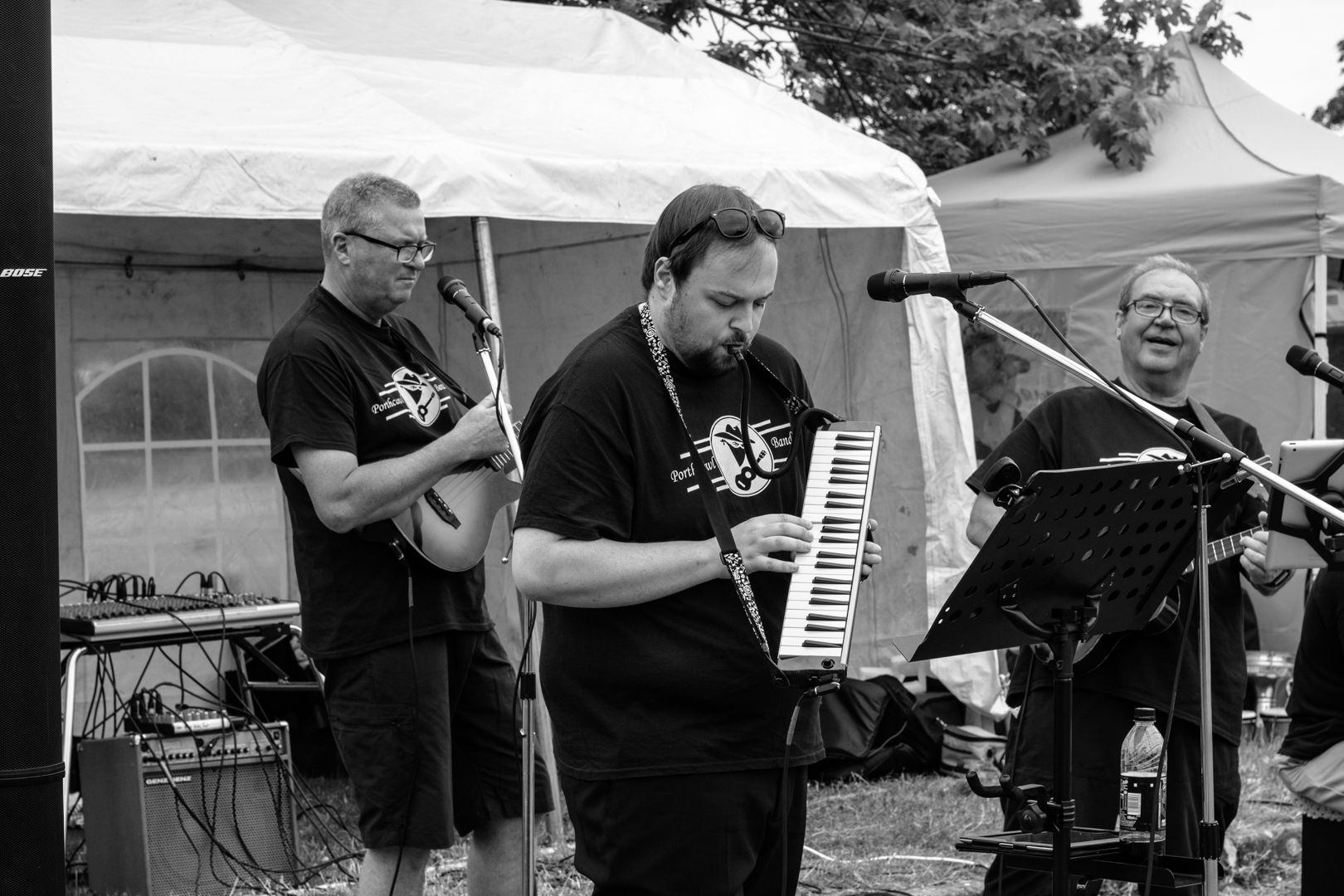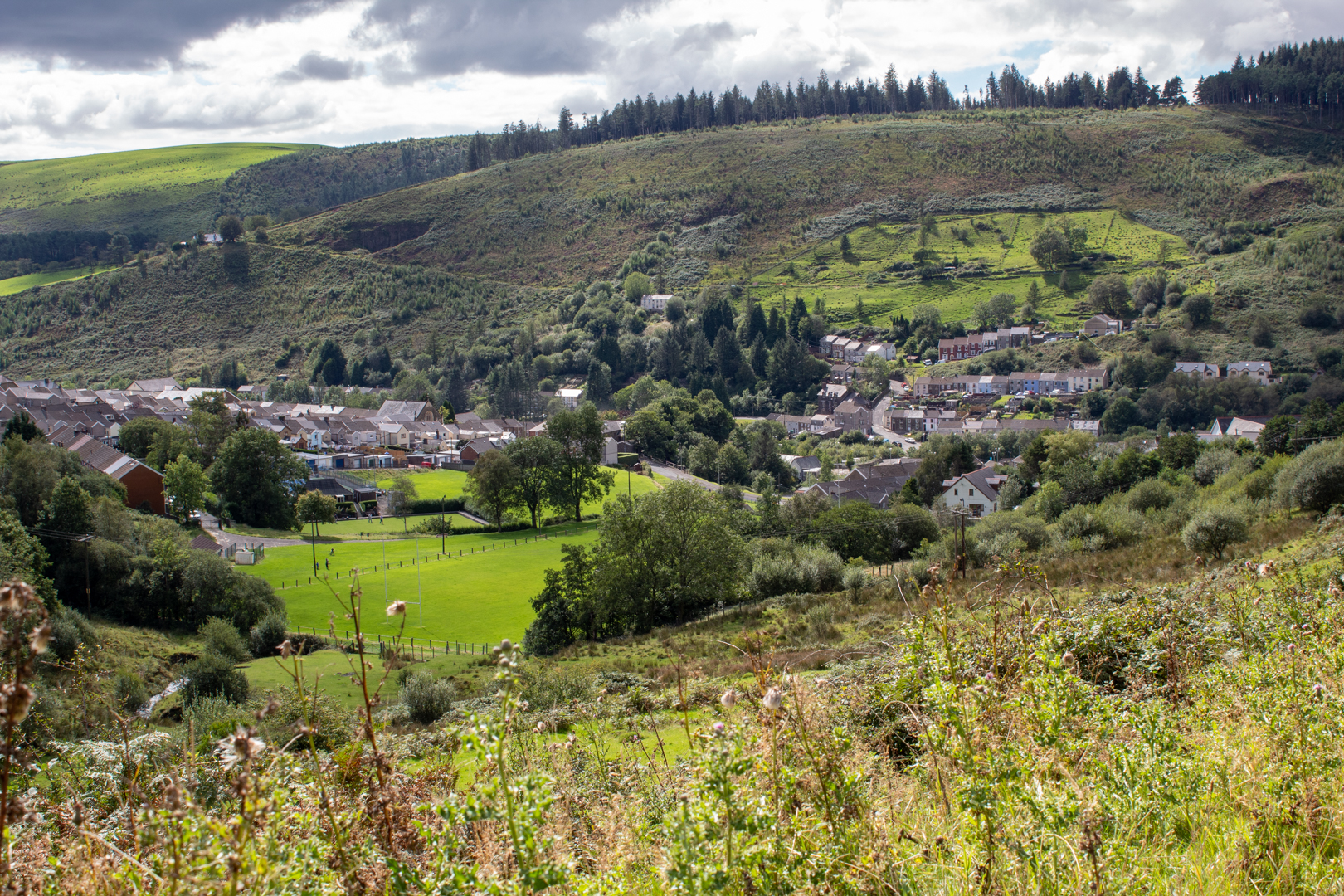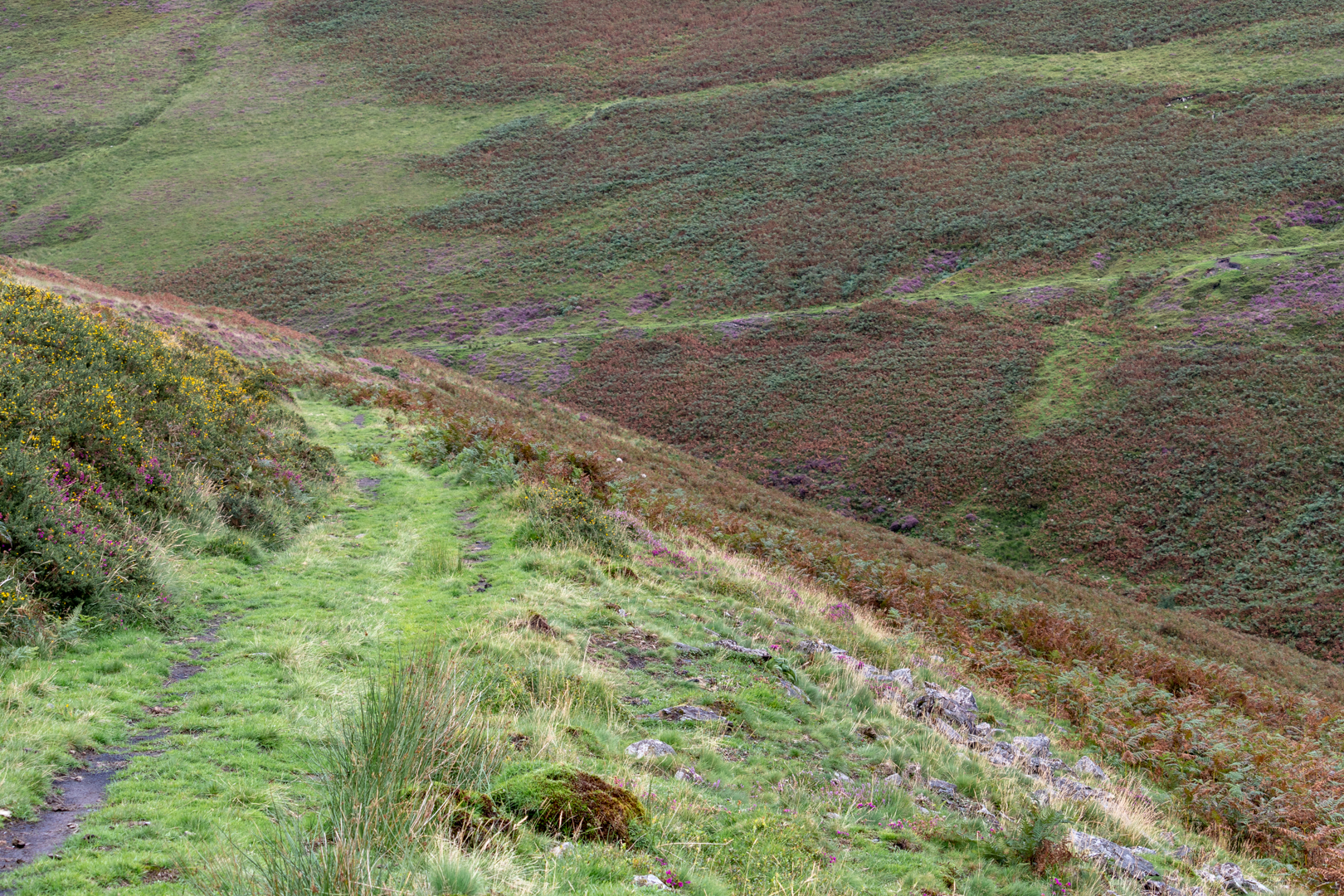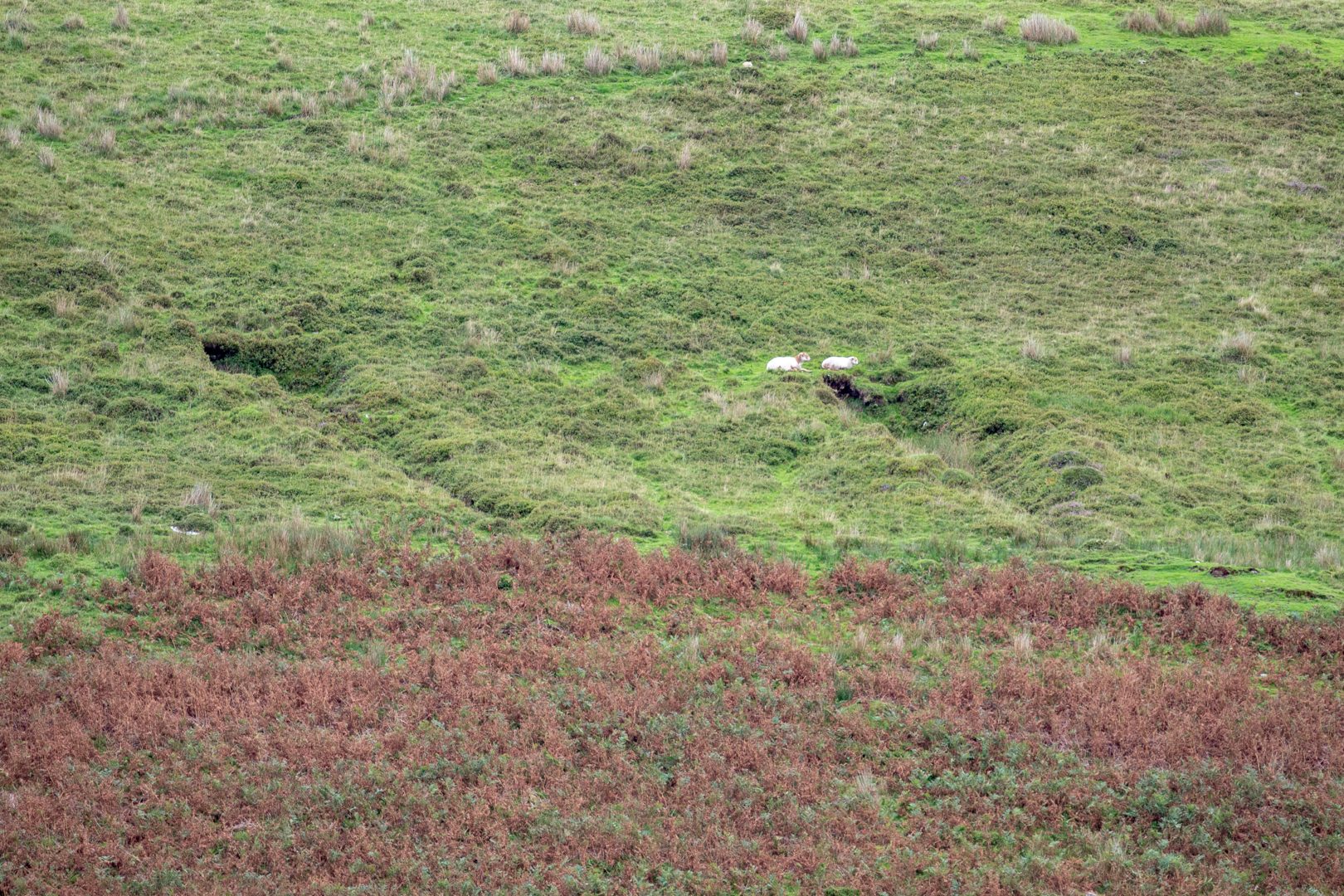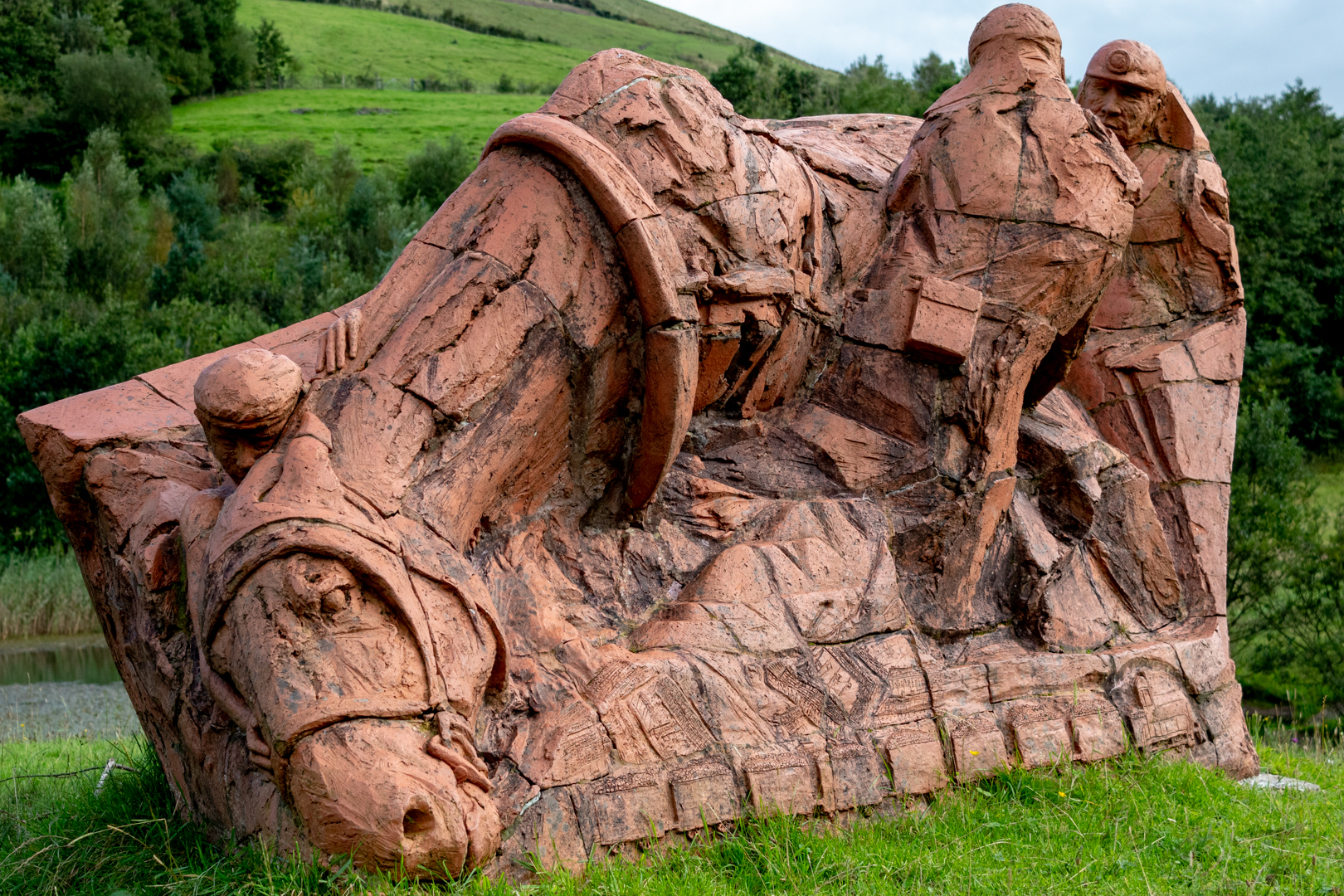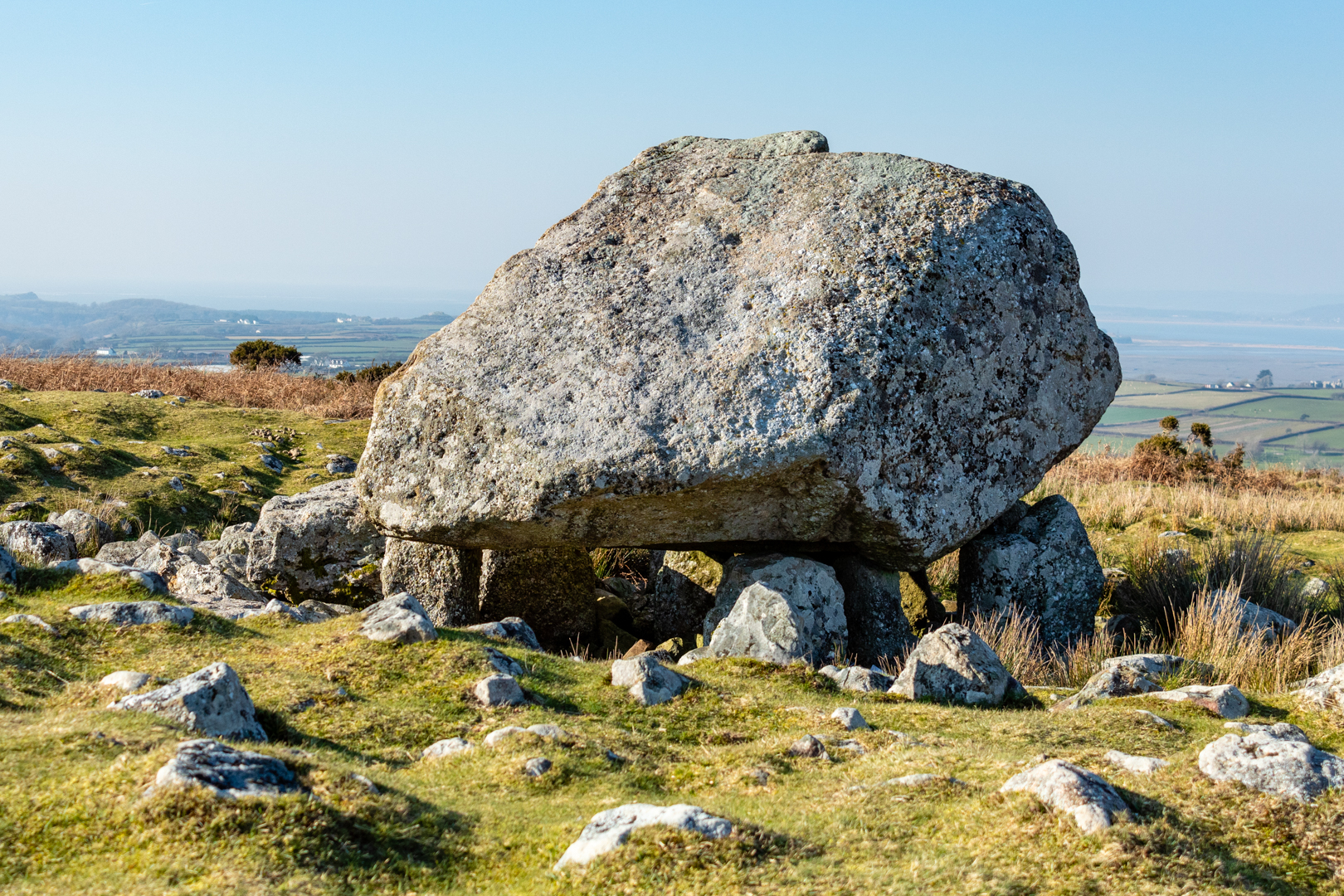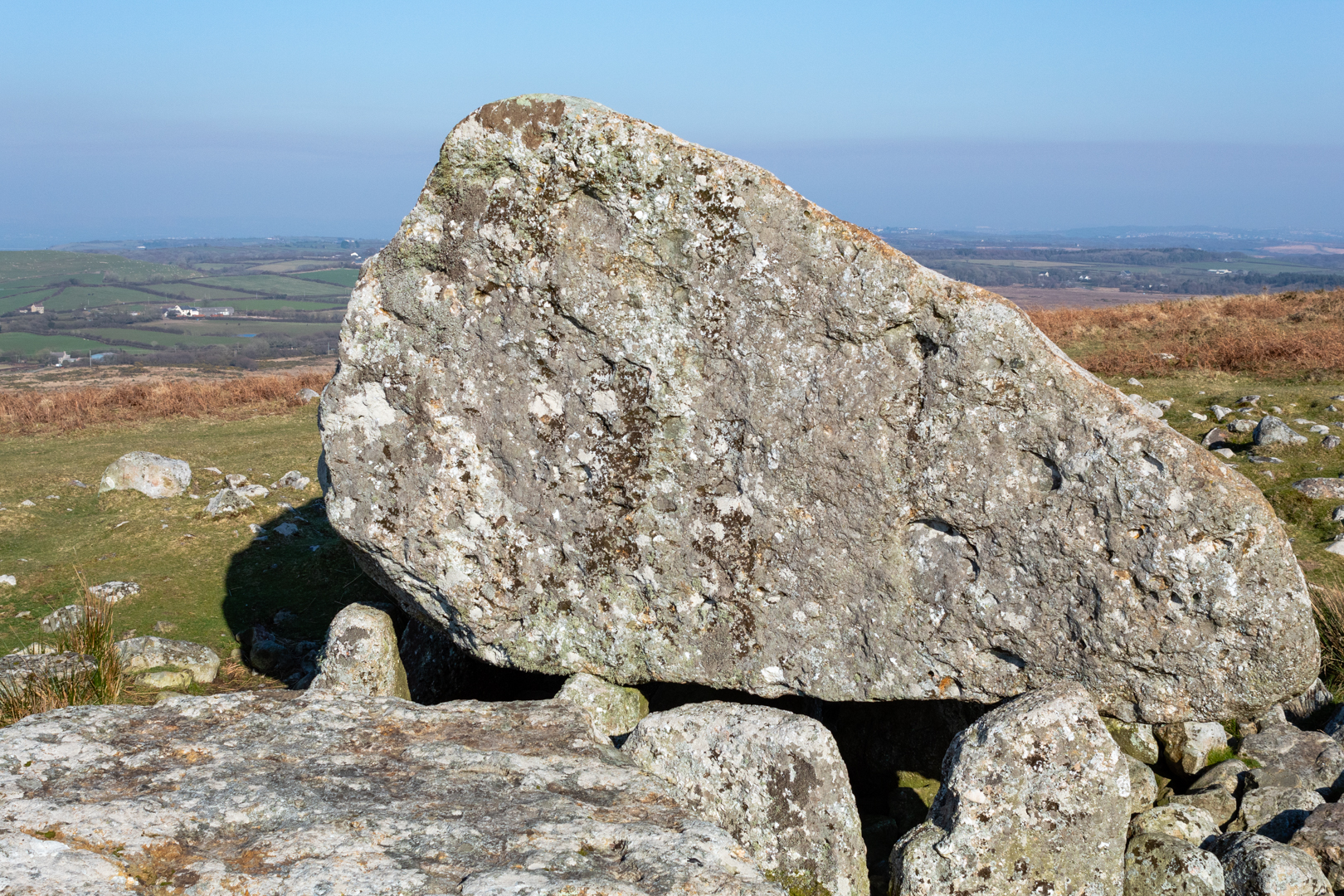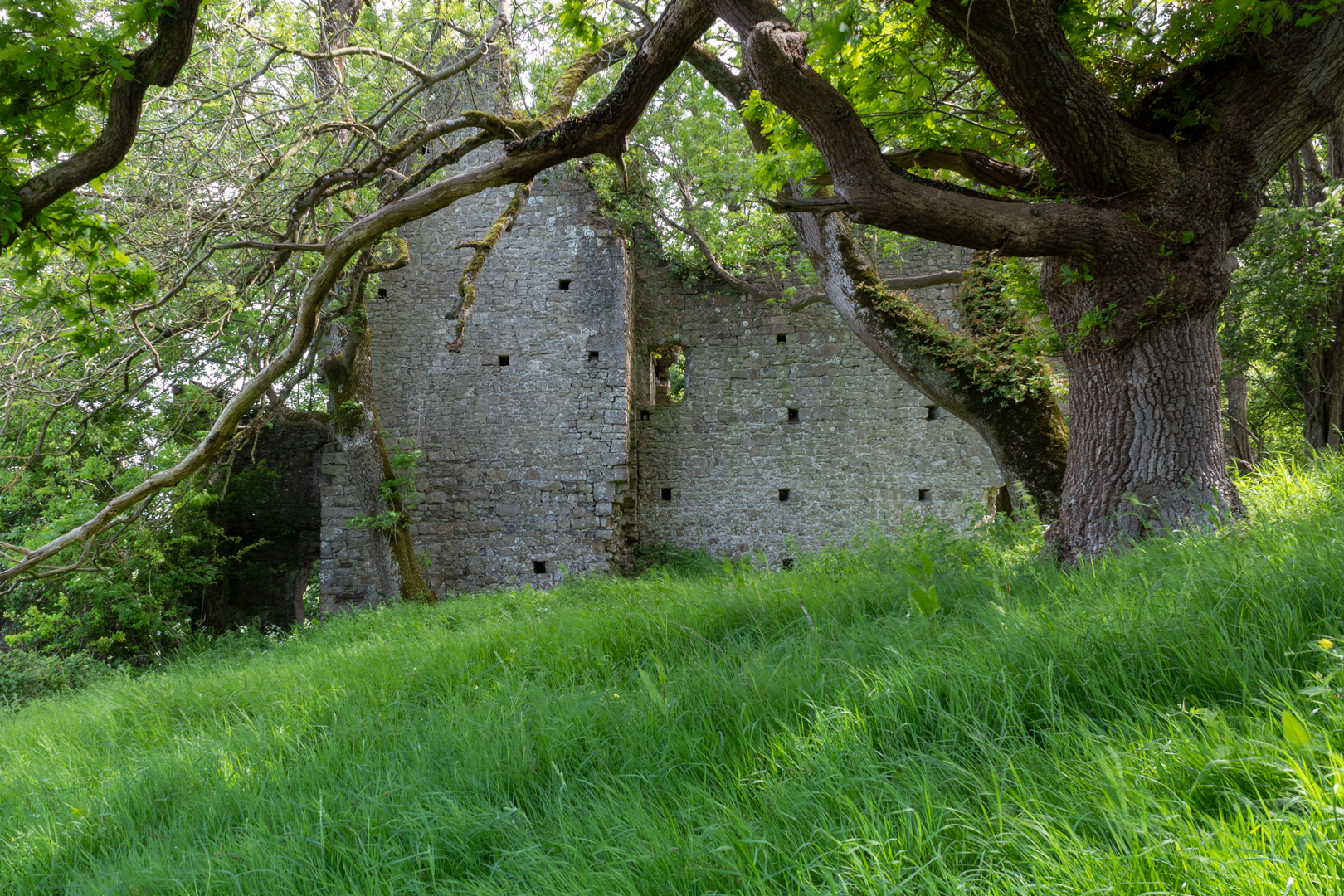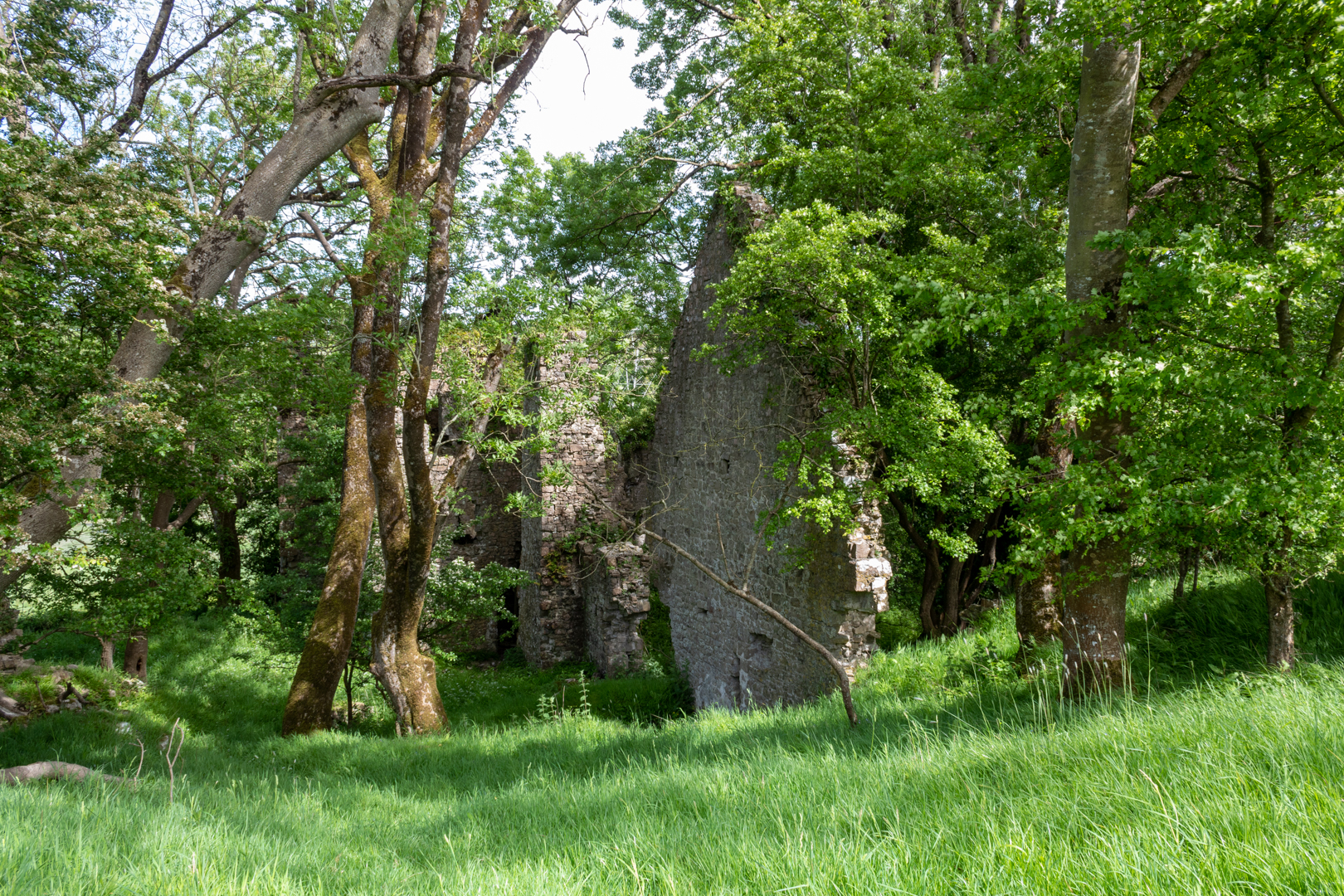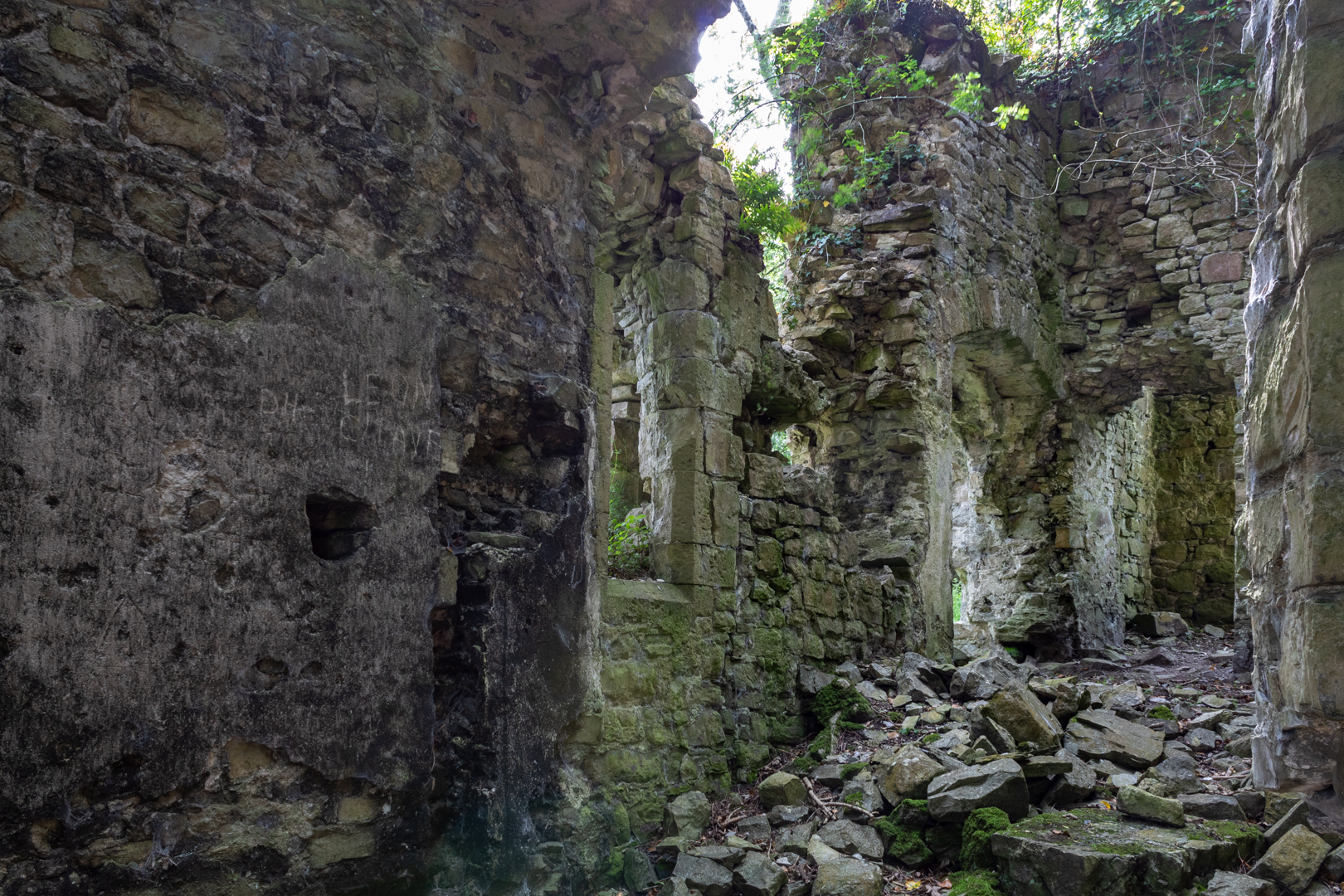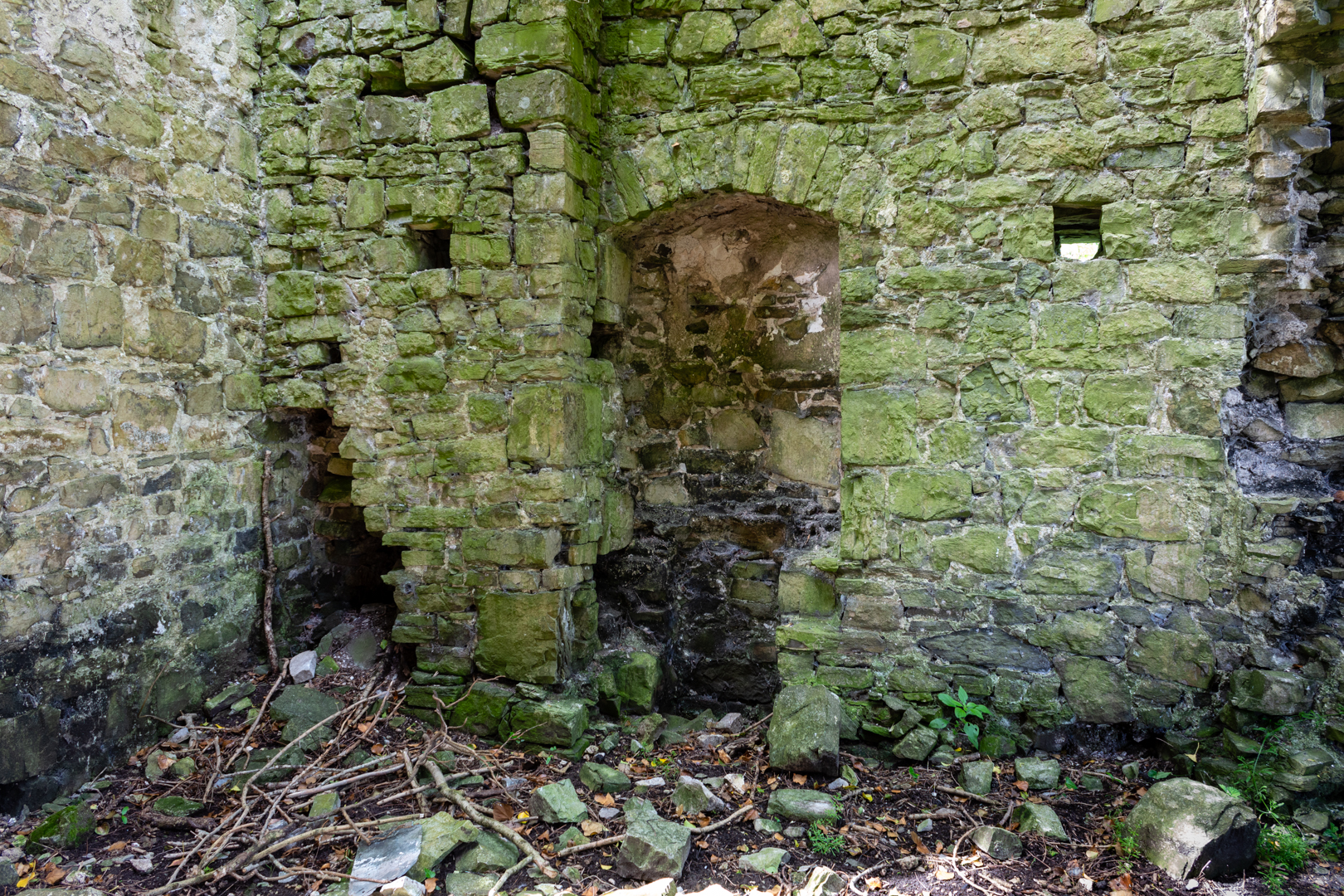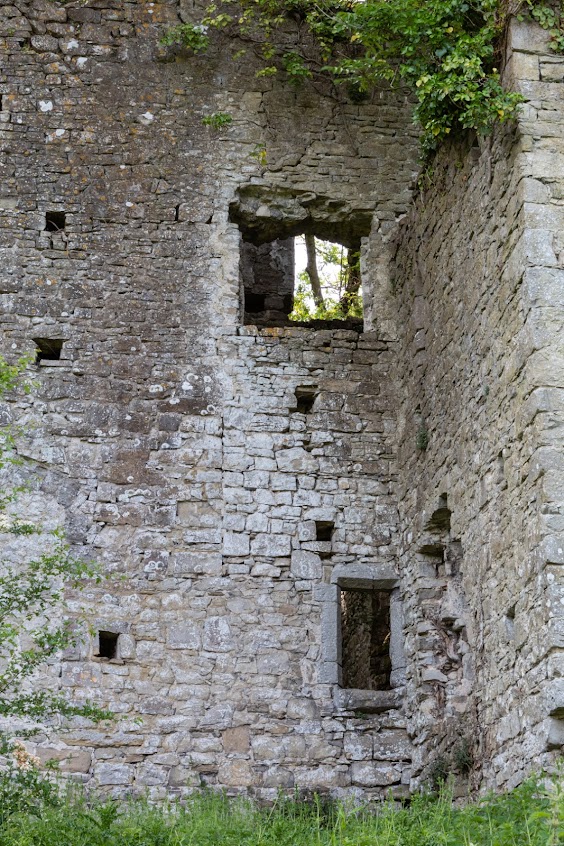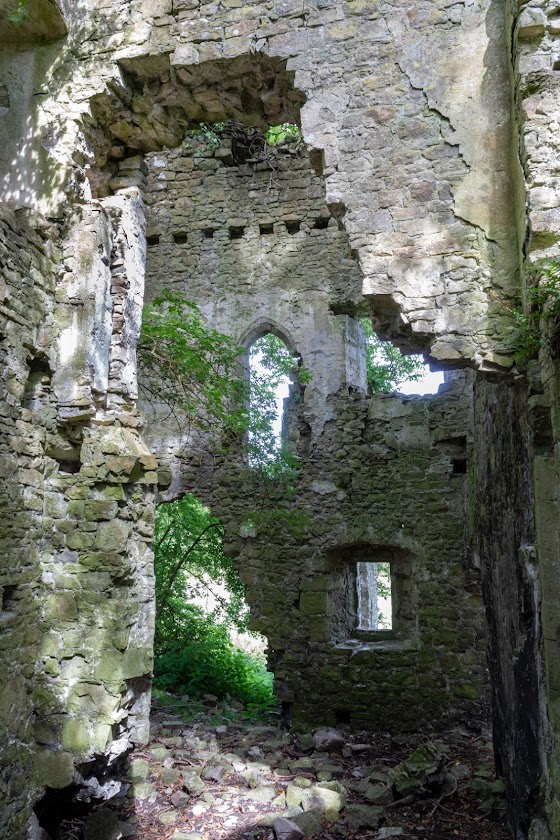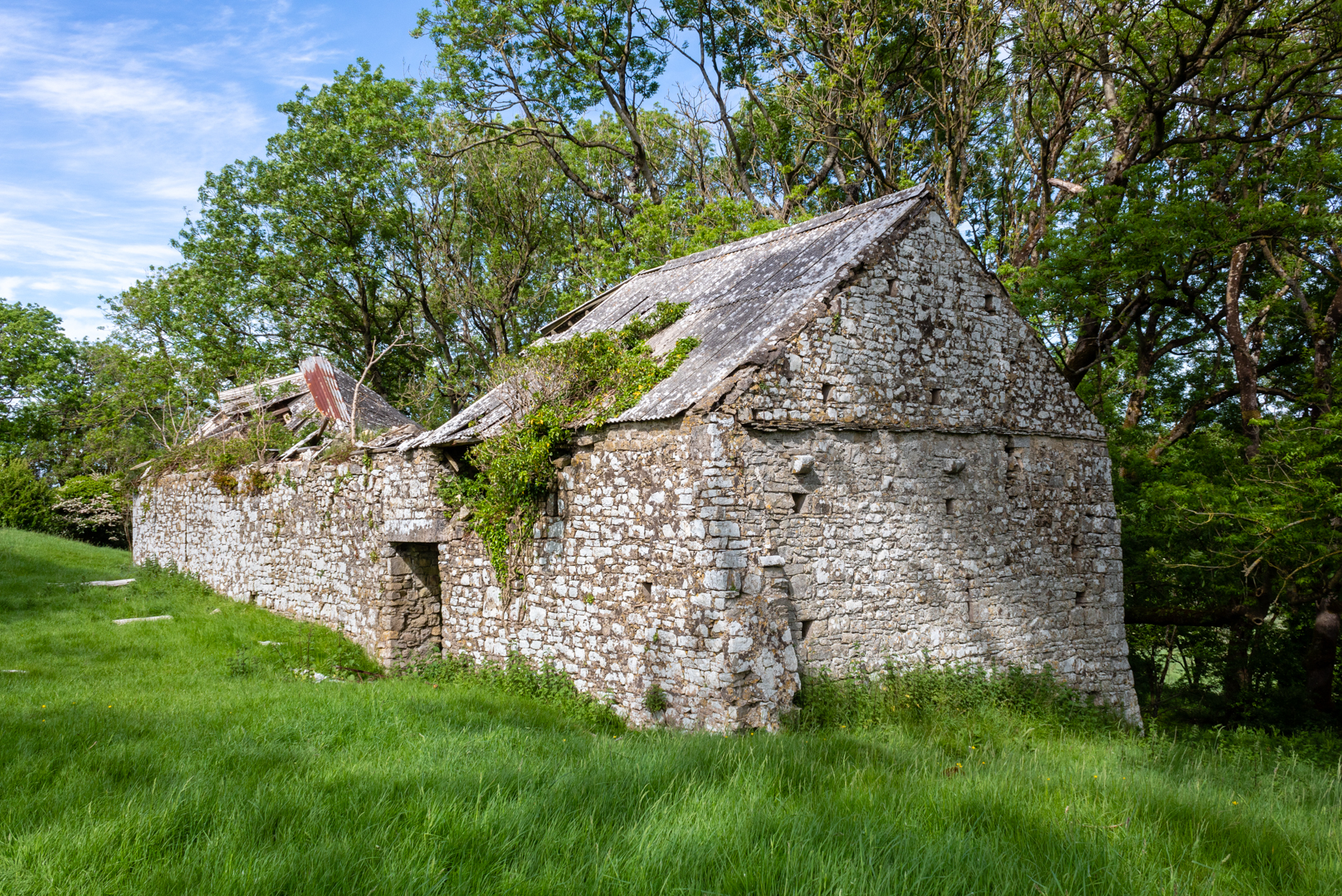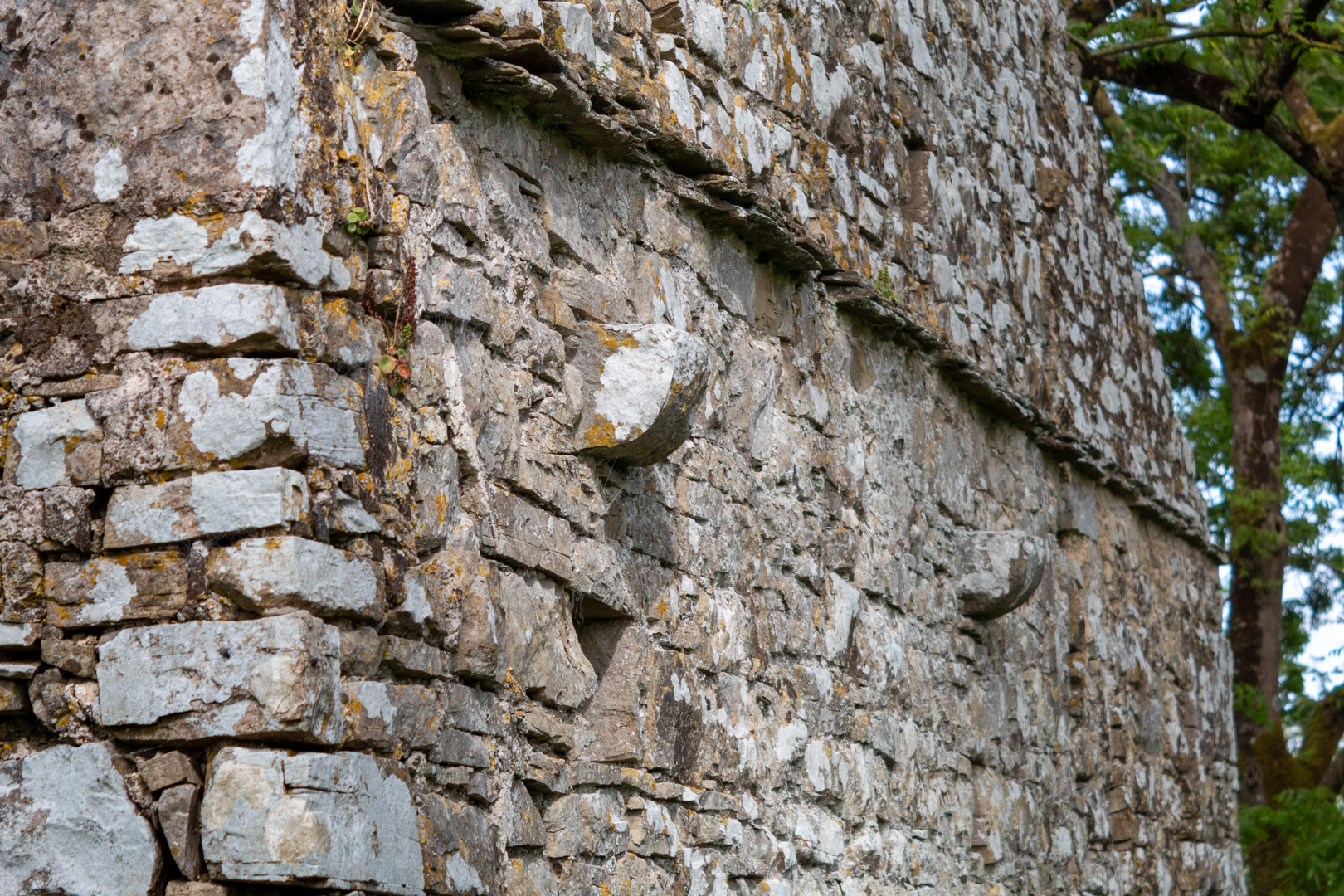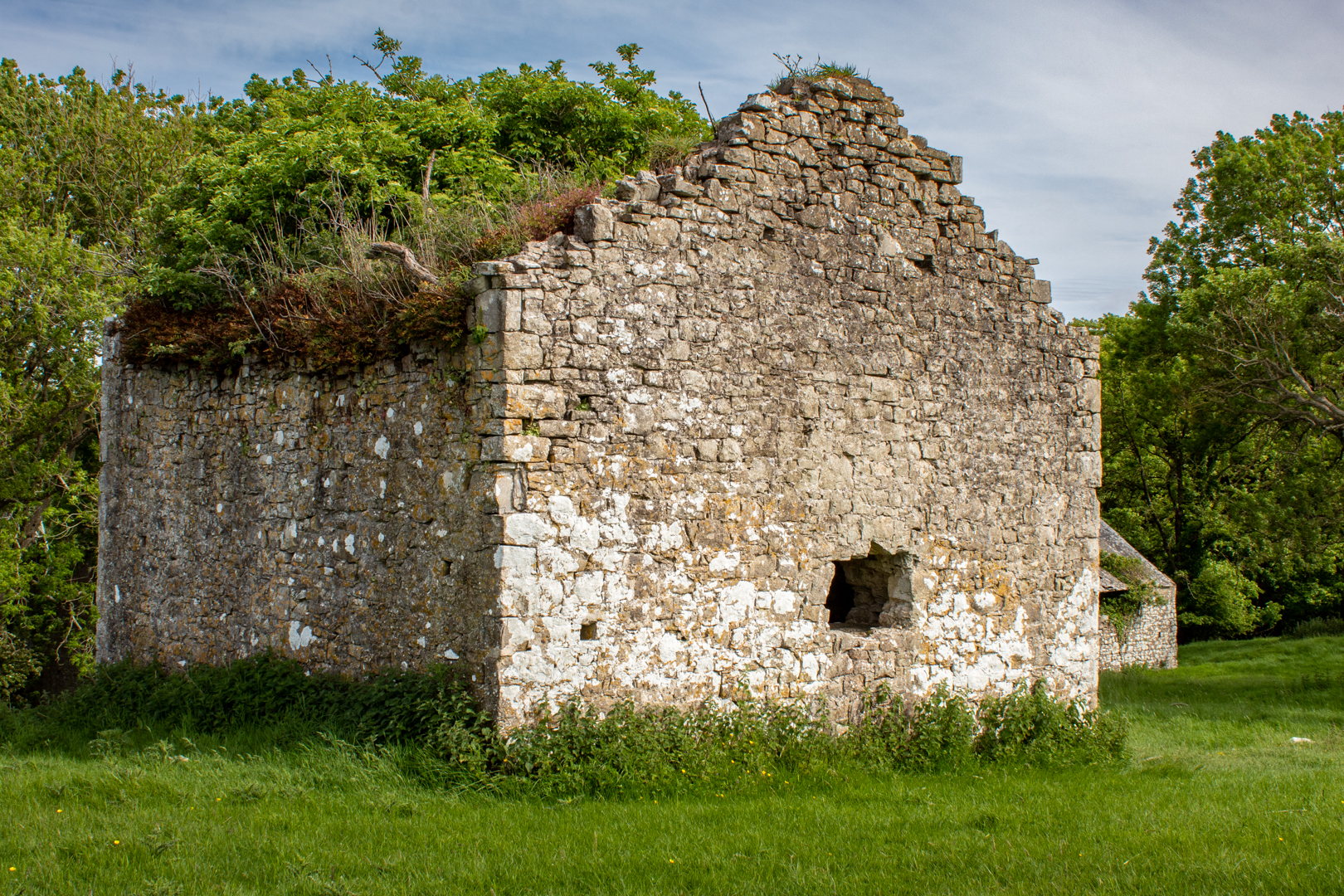Visit Date: April 2021.
Today's post is based on an area that, despite being only an hour away, I did not know even existed until a few weeks before my visit.
My visit was inside the Brecon Beacons National park, an area preserved and rightly praised for its outstanding natural beauty.
However, I was happy to learn that the relics of the heavy industries in the area are also prized and one of these is the Black Mountain quarries and lime kilns, also known as Herbert's Quarry.
Wales is known more for its coal mining, however, along with the great forests that created the coal, we can see along the western edge of the Brecon Beacons the exposed crags of carboniferous limestone that were of course at the bottom of the sea at one point in history but due to the powerful earth crust movements now lie at an angle along these mountain ranges. 2.6 Million years ago the great glaciers of the area carved out the geology that exposed the rich seams of both coal and limestone.
Lime has many uses but 200 years ago it was in great demand in Wales for use as a soil improver. Farmers would have to travel what would have been long distances to obtain this great resource.
In order for the limestone to be made into a useful lime product, it would have to be worked.
Making "quicklime" was hot and hard work. Once the limestone was removed from the quarry it would have been smashed into quite small pieces by hand with sledgehammers to be loaded into the kiln with coal. The temperature would have to be raised to 900 degrees. it was a skilful process to adjust the airflow and fuel to keep the kiln burning correctly at these high temperatures.
The lime would then be removed from the lower chamber and in the image below, you can see the rails, now just leading to mid-air, that would have been part of this drawing process.
Typically at this time in the 19th century, it would have taken two tons of limestone and one ton of coal to produce one ton of quicklime.
The process would take a day to load the kiln, three days to burn, two days to cool and a final day to unload. A kiln would produce 10 to 15 tons of lime at a time.
This whole process was a dangerous one and it cost many lives newspapers would to often carry stories like this:-
On Thursday week a young man named Thomas Griffith, son of John Rees Griffith, mason, Gwinfe, was engaged in blasting rock in the Black Mountain lime quarries. He bored the rock, and put into it about 20lbs of powder which he filled and returned to a convenient distance to allow the charge to explode. Not finding it to go off in the usual time he approached the place to ascertain the cause, when the powder fired with a tremendous explosion, driving of the pieces of rock quite through the unfortunate young man’s head. Death was consequently instantaneous.
Lime was treasured in the area and farmers needed it to spread on the land to fertilise and improve the land. They would often travel many miles with horse and cart to collect the lime. This quicklime of course was dangerous and would burn if on exposed skin so it was to be transported with much care and best efforts to keep it dry and safe.
Many farmers, of course, would have to travel many miles by horse and cart to collect the lime, sometimes return journeys of 100 miles would be needed and it was common to see processions of laden carts filled with the product on the road.
The roads at first would have been nothing more than tracks but as the industry expanded better roads were needed. In 1779 "Turnpike Trusts" were founded to build these new roads and the work was financed by tolls.
Tollgates sprung up everywhere.
As the roads needed to be maintained in good order more tollgates were added, eventually, 41 miles of road had 13 tollgates.
The tollgates were run as private enterprises and sold each year to the highest bidders who after paying the rent (presumably for the road upkeep) were allowed to keep the extra toll money they collected.
At first lime carts were exempt from the tolls, but this soon changed and after a series of poor harvests farmers were struggling to pay the tolls. By 1840 the cost of the tolls cost as much as the lime. Farmers were facing dire poverty and they stood against the greed of the "Turnpike trusts".
This led to riots at the tollgates.
For a reason that has got lost in time there were masses of farmers who dressed themselves up in their wives clothes and blackened their face before setting out on these raids. They would burn down the tollhouses and tear down the gates.
The rioters became known as "Rebbeca and her daughters"
The following was from the time.
THE SLAVE DRIVERS
You say the toll man wiped his eye,
But this is all a bubble
For he shall never cease to cry
While Becca is in trouble.
In vain you strive to save a gate,
By threatening blood and slaughter;
Your swords shall ne’er intimidate
Rebecca and her daughters.
The cheating toll trusts may complain,
The Mayor may roar his ‘riot’,
‘Till Becca do her rights obtain
She never will be quiet.
Then if you wish to hear no more
Of what Rebecca’s doing,
BE HONEST, and her rights restore,
Or she will prove your ruin.
She’ll Burn your Houses to the ground,
She’ll set your fields on fire,
She’ll make you pay for every pound
Your toll-men may require.
Then bid these wars and tumults cease,
You robbing vile aggressor!
She’ll gladly wave the flag of peace,
If you no more oppress her.
Reduce your farms to half the price -
More than this they can’t afford;
Down with the toll, take my advice,
Then sweet peace shall be restored.
The Welshman, 28/07/1843
The riots got so bad that a reporter from the London Times was sent to investigate and wrote:-
04/08/1843
15/09/1843
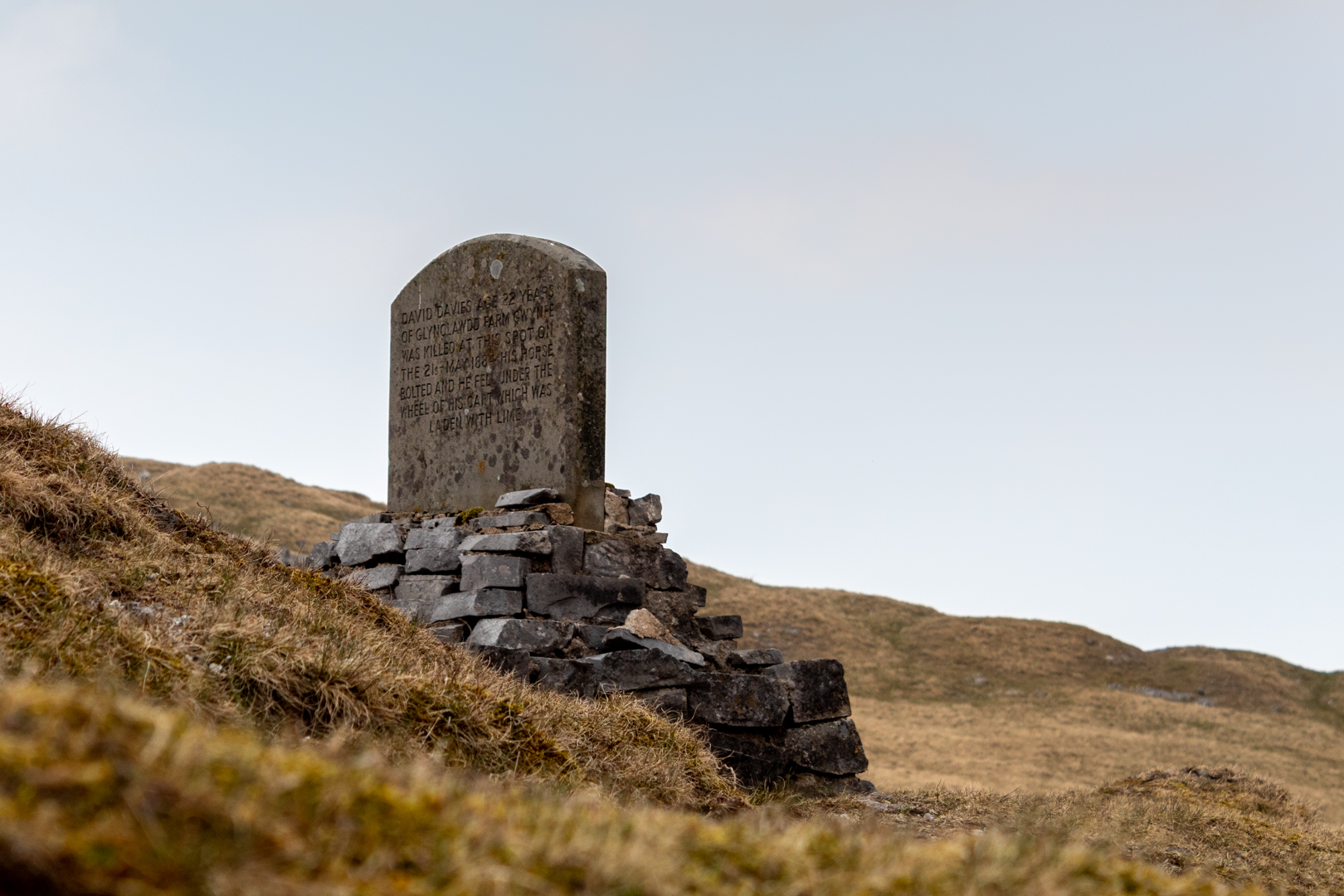 |
The Welshman 23/05/1884
D. Thomas Baner ac Amserau Cymru 11/09/1861:
"TUFA"
As a result of the lime industry, an unusual geological formation called "TUFA" has formed in places in the highly alkaline waters that flow here.
Visit Information:-
Google Reference:-
51.854527678567166, -3.8366992465994323
What Three Words reference:-
///rainfall.cackling.fees
OS Details:-
SN 73599 18921 Altitude:1623 ft
Additional information.
Visiting is easy as it is alongside the A4069 out of Brynamman which is one of the main roads through the Brecon Beacons.
There is a good size car park alongside the site ( 51.853047576738284, -3.8412540293511537 )
and an additional car park at the mountain view site ( 51.857233737767956, -3.844516511221795 ).
The David Davies Memorial is also alongside the road ( 51.85544051525515, -3.8432358117353203 ) -
WTW ( ///storming.saying.soap )
Google Reference:-
51.854527678567166, -3.8366992465994323
What Three Words reference:-
///rainfall.cackling.fees
OS Details:-
SN 73599 18921 Altitude:1623 ft
Additional information.
Visiting is easy as it is alongside the A4069 out of Brynamman which is one of the main roads through the Brecon Beacons.
There is a good size car park alongside the site ( 51.853047576738284, -3.8412540293511537 )
and an additional car park at the mountain view site ( 51.857233737767956, -3.844516511221795 ).
The David Davies Memorial is also alongside the road ( 51.85544051525515, -3.8432358117353203 ) -
WTW ( ///storming.saying.soap )


